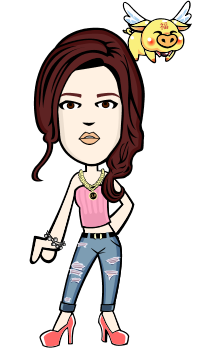Cosplay: Costume Role Play (Performance Art)

Cosplay is a Japanese portmanteau (blend of words) of the English terms (Costume and Role Play), is a performance art within which participants referred to as cosplayers wear their costumes and fashion accessories to represent a particular fictitious character. The term was invented by Nobuyuki Takahashi of Studio Hard while attending the 1984 World Science Fiction Convention (Worldcon) in the City of Angels, Los Angeles. Takahashi was impressed by the people wearing their costumes because the costumes were based in a Japanese magazine, My Anime.
Cosplayers typically act to form a subculture or social group and a broader use of the term "cosplay" applies to any costumed role-playing in venues aside from the stage. Any creature that lends itself to dramatic interpretation could also be preoccupied as a theme.
The rapid growth in the variety of individuals cosplaying as a hobby since 1990 has created the development a major facet of common culture in Japan and a few alternative components of Asia and within the Western world. These cosplay events are common features of fan conventions exclusive in local and international competitions, as well as websites, social networks, and different types of media focused on cosplay activities.
Costumes
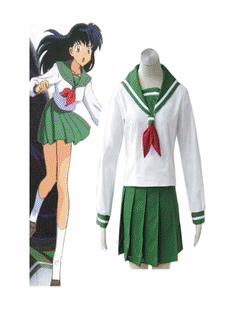
Cosplay costumes vary greatly and may range from basic or simple themed wear to extremely detailed costumes. It’s typically considered totally different from Halloween and Mardi gras costume wear, because the intention is to copy a particular character, instead of replicating the culture and symbolism of a holiday event. When in costume, some cosplayers typically seek to adopt the mannerisms, and visual communication of the characters they portray. The characters chosen to be cosplayed could also be sourced from any TV series, films, books, video game, comic book, music band, anime and manga characters. Some cosplayers even prefer to cosplay an imaginative character of their own style or a various genres.
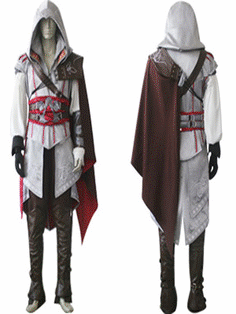
Cosplayers get their attire through many alternative ways. Manufacturers produce and sell prepackaged outfits to be used in cosplay, in a variety of qualities. These costumes are usually sold-out online, however can also be purchased from dealers at conventions. Japanese manufacturers of cosplay costumes reported a profit of thirty five billion yen in 2008. A number of individuals conjointly work on commission, making custom costumes, props, or wigs outlined and fitted to the individual. Other cosplayers, who prefer to make their own costumes, still give a marketplace for individual parts, accessories, and various raw materials, like unstyled wigs or extensions, hair dye, fabric and sewing notions, body paint, liquid latex, costume jewelry, and prop weapons.
Many cosplayers produce their own outfits, referencing pictures of the characters within the process. In the creation of the outfits, a lot of time is given to detail and qualities, therefore the ability of a cosplayer could also be measured how hard or difficult the details of the outfit are and how well they have been reproduced or recreated.
Cosplayers usually wear wigs in conjunction with their outfit to further enhance the similitude to the character. This is particularly necessary for manga and anime or video-game characters World Health Organization often have artificially colored and unambiguously styled hair.
To look more just like the characters they're portraying, cosplayers may also engage in various kinds of body modification. Contact lenses that match the colour of their characters' eyes are a typical kind of this, particularly within the case of characters with notably distinctive eyes as a part of their trademark look. Contact lenses that create the pupil look enlarged to visually replicate the large eyes of manga and anime characters are also used.
Another type of body modification in which cosplayers interact, is to replicate any special markings or tattoos their character might have. Permanent marker, temporary tattoos, body paint, and in rare cases, permanent tattoos, are all strategies utilized by cosplayers to attain the specified look. Temporary and permanent hair dye, spray-in hair coloring, and specialized extreme styling merchandise are all utilized by some cosplayers whose natural hair are able to do the specified hairstyle. It is also commonplace for them to shave off or trim their eyebrows to achieve a more accurate look.
Some computer game and anime characters have weapons or alternative accessories that are difficult to duplicate, and conventions have stringent rules regarding those weapons, however most cosplayers interact in some combination of strategies to get all the items necessary for his or her costumes.
Cosplay could also be presented in a variety of ways and places. A set of cosplay culture is focused on sex appeal, with cosplayers specifically selecting characters best-known for his or her attractiveness or revealing costumes.
Conventions
The most common kind of presenting a cosplay in public is by wearing it to an acquaintance convention. Multiple conventions dedicated to anime and manga, TV shows, comics, video games, fantasy and science fiction could also be found all around the world.
Cosplay Mania in the Philippines
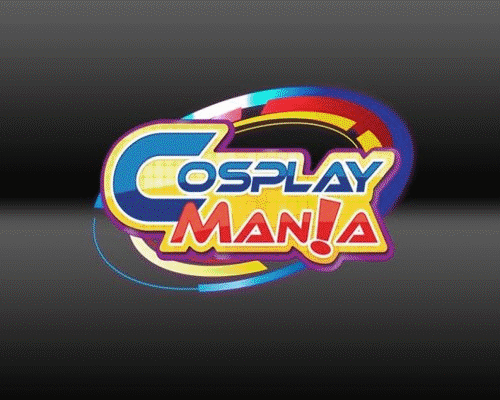
(Video source: Youtube)
EOY Cosplay Festival in Singapore

(Video source: Youtube)

(Video source: Youtube)
The single largest event that features cosplay is the semiannual Comic Market (Comiket), Doujinshi Market, held in Japan throughout summer and winter. Comiket attracts a lot thousands of manga and anime fans.

(Video source: Youtube)
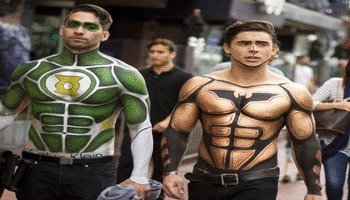
(Video source: Youtube)
Anime North in Toronto

(Video source: Youtube)
Anime Expo in Los Angeles

(Video source: Youtube)
In North America, the most-attended fan conventions that includes cosplayers are the New York Comic Con and San Diego Comic-Con held within the United States, and also the anime-specific Anime North in Toronto and Anime expo held in the City of Angels, Los Angeles.
Japan Expo in Paris
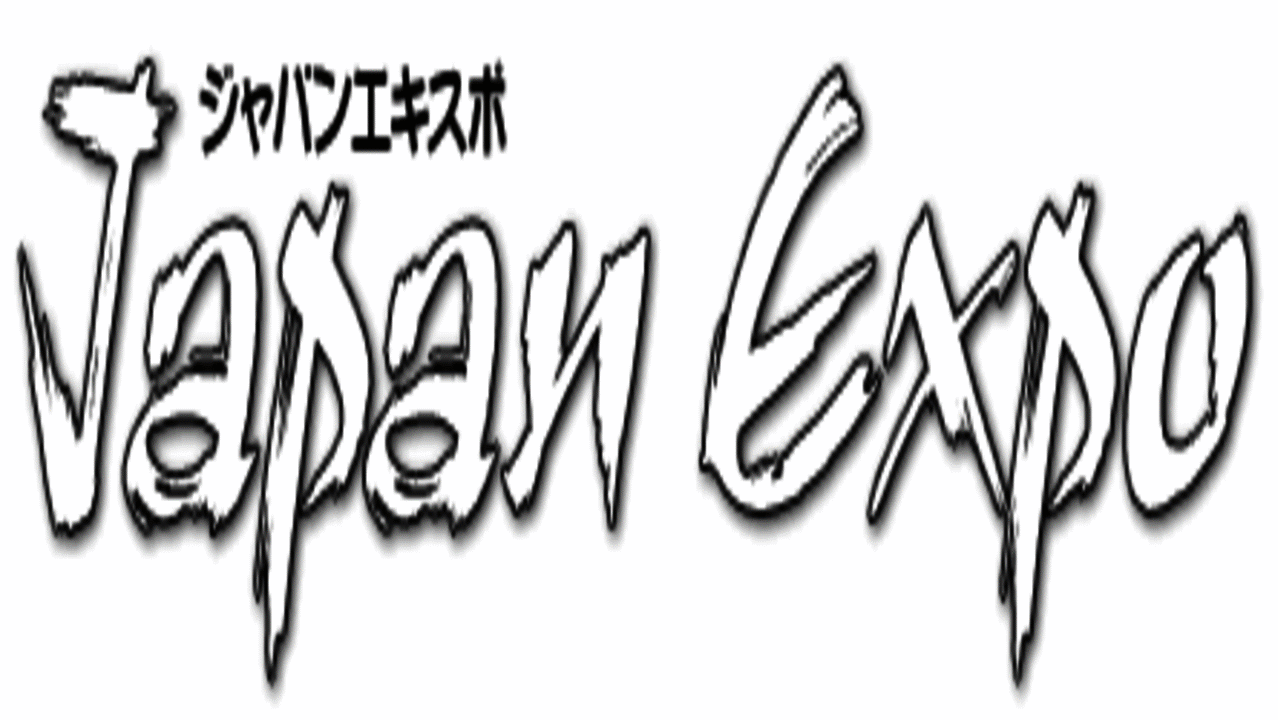
(Video source: Youtube)

(Video source: Youtube)

(Video source: Youtube)

(Video source: Youtube)
Europe's largest event is Japan expo held in Paris, whereas the London MCM expo and also the London Super Comic Convention are the foremost notable within the United Kingdom of Great Britain and Northern Ireland. Supanova pop culture expo is Australia's largest event.
The appearance of cosplayers at popular events makes them a well-liked draw for photographers. Cosplayers attended events primarily for the aim of modeling their characters for still photography instead of participating in continuous role play. Cosplayers pose for photographers and a few of them prefer to have an expert photographer that takes top quality images of them in their costumes posing as the character. This is presumably to take place in a setting relevant to the character's origin, like parks, forests, water features, churches, and run-down or abandoned sites. Cosplayers and photographers are seemingly to exhibit their work online, which they will do on general blogs, social networking service, and designer gallery websites (such as Facebook, Twitter, Flickr, Pinterest and Instagram) or on dedicated cosplay community websites. They will also prefer to sell such pictures, or use them as a part of their portfolio.
As the demand of cosplay has fully grown, several conventions have come to feature a contest surrounding cosplay that may be the most feature of the convention. Contestants present their cosplay which must be self-made, and often to be judged for an award. The audience is given a chance to take photos of the cosplayers. Cosplayers may compete solo or in a group.
Cosplay has influenced the advertising business, within which cosplayers are typically used for event work previously appointed to agency models. Some cosplayers therefore remodeled their hobby into profitable, skilled careers. Japan's entertainment industry has been home to the skilled cosplayers.
A cosplay model, also referred to as cosplay idol, cosplays costumes for manga and anime, or video game companies. Sensible cosplayers are viewed as fictional characters, in much similar way that film actors come to be known in the public mind with specific roles. Some cosplay models can achieve significant recognition. Cosplayers have modeled for print magazines like Cosmode and a successful skilled cosplay model can become the brand ambassador for companies.

Warning: This blog is my original work. Please don't plagiarize.

